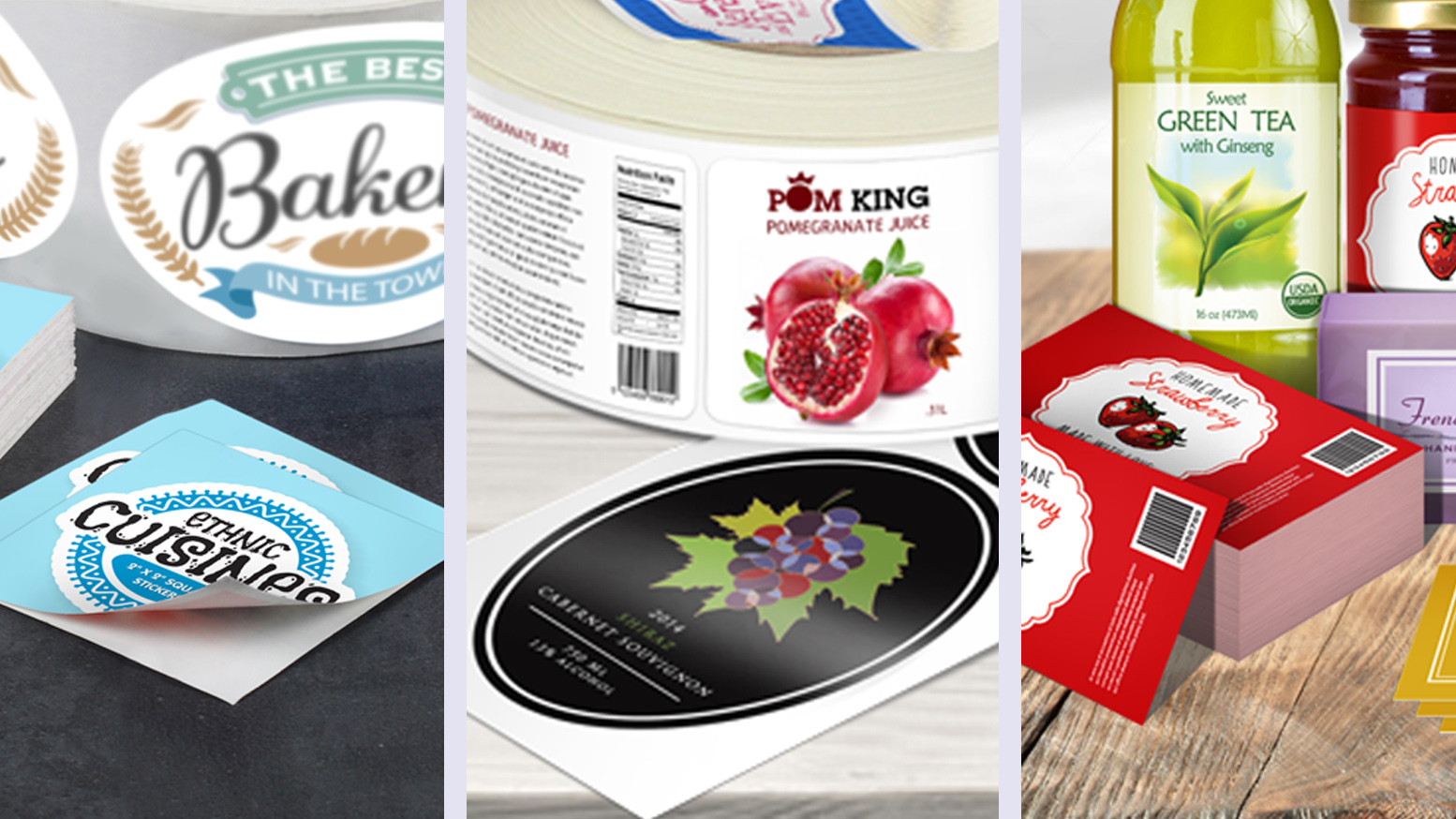How to Label a Package: A Step-by-Step Guide
Author: PrintRunner | Published Date: January 28, 2025
Applying package labels correctly doesn’t just help your parcel reach its destination on time, but it also plays an essential role in your branding and your customer’s overall experience with your service.
Whether you wrap packages on a regular basis or you’re sending a parcel anytime soon, ace your wrap game by following this step-by-step guide on how to label a package properly.
Step 1: Prepare the Package
The right packaging will depend on the item you’re sending, its size, quantity, and material. Your choice of packaging — whether it’s mailer box, tube, envelope, or shipping box — must also be in good shape and durable enough to withstand the conditions of shipping.
- Use enough packaging fillers to prevent the item from moving inside the package, thereby minimizing the risk of breakage or damage.
- If you’re reusing old boxes, remove any existing labels to avoid confusion and scanning error. Also, make sure they are still sturdy enough to withstand the rigors of shipping.
Step 2: Seal the Package
Once you attach the label, close up the box and seal all its seams with heavy-duty tape. For a strong seal, use the H-tape method wherein you apply the tape across all the open seams on the top and bottom of the box.
- The easiest and quickest way to seal a cardboard box is to use a handheld tape dispenser.
- Smooth out any air bubbles or wrinkles to ensure that the tape stays firmly onto the surface.
Step 3: Print the Label
You can print shipping labels which you get from your carrier’s website or app. E-commerce platforms like Amazon, Etsy, and Wish also have features that allow sellers to print these labels.
Make sure your label has these details accurately: Sender and recipient information, package weight and dimension, shipping class and service, and tracking number and barcode.
- If you don’t have a printer on hand, you can visit your local post office where they can print labels for customers who are ready to send their packages.
- Although you can handwrite the shipping address, you will still need tracking numbers and barcodes that you can only get from your carrier.
- You can print custom address labels and shipping labels as part of your brand packaging. However, you still need to get and print tracking numbers and barcodes from your carrier.
Step 4: Apply the Label
Position the label on the largest flat surface of the package to make it visible and accessible. Avoid corners and seams because the scanner may not read the barcodes in these areas.
- You may want to cover the label with clear packing tape to make it waterproof and tamper-proof. However, don’t cover the barcode as this may interfere with scanning.
- Smooth out the label to remove bubbles and promote excellent adhesion.
- If you’re reusing old boxes, make sure you remove previous labels. Failure to do so can result in scanning errors at shipping facilities, causing the package to be returned.
Step 5: Attach Additional Documents (for International Shipping
For international shipping, you need to attach custom documents using a clear plastic envelope or packing slip.
- International shipments often require these documents: bill of lading, letter of free sale, commercial invoice, certificate of origin, and export packing list.
- It’s highly recommended to print at least three copies for each document because some transit custom officers remove a copy before the package is shipped to its destination.
Note: After labeling your package, it’s now ready for shipment. You can request your carrier to pick it up at your place or drop it off in a blue collection box or post office drop-off box.
If you need custom shipping and mailing labels, product labels, and packaging labels, PrintRunner has got you covered, with its free templates, premium materials, and fast turnaround time.
Looking for more resources on product labels? Take a look at these articles!

How to Choose the Correct Label Size
This article guide helps you learn two foolproof ways to measure the correct label size for your product.

An Easy Guide to Understanding Food Labels
Make sure that your food labels come with all the necessary and required information such as serving information, nutrient claims, best before dates, and more.

How to Choose the Right Label
This guide will help you decide the right type of label material, size, and shape that works for your product or application.



